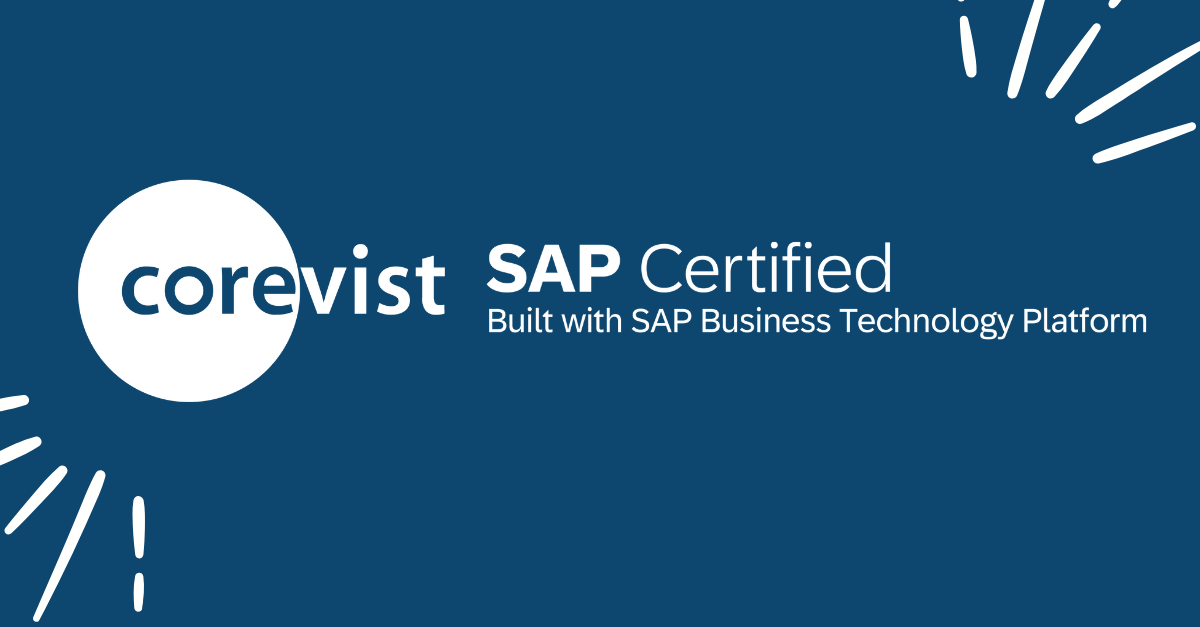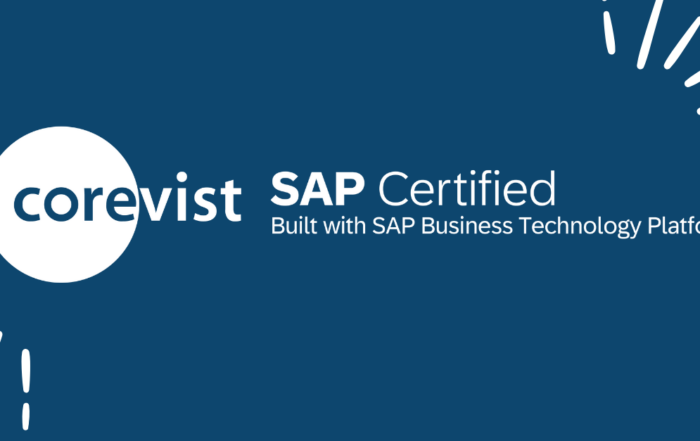Share
Author
George Anderson
Share
How do you grow B2B eCommerce revenue while keeping a tight rein on headcount?
Manufacturers are struggling with this challenge. Data problems, process problems, technology problems — all sorts of issues raise their heads as you go deeper into B2B eCommerce.
Fortunately, there are ways to deal with these problems (and even prevent them from happening in the first place). A lot of it comes down to your SAP integration architecture.
Here are the top three struggles we see (and how to deal with them).
1. SAP integration requires additional FTEs
When manufacturers choose a conventional B2B eCommerce solution, the integration to SAP is often treated like an afterthought. Platform vendors don’t have much incentive to bake it in from the start because the requirement is too specific for a broad market. They leave it to third-party companies — and these vendors have an incentive to create as much custom work (and ongoing maintenance) as possible.
One way or another, this means manufacturers have to increase headcount (whether in-house or outsourced) when bolting on an SAP integration to an existing B2B eCommerce solution.
And the more you grow your B2B channel, the bigger the impact you’ll see from any SAP integration problems.
Solution: Choose a platform that includes prebuilt SAP integration
If you need comprehensive SAP integration (and most manufacturers do), you should consider finding a platform that includes it from the start. A good SAP-integrated solution should support your use case(s) with prebuilt integration points. That way, you don’t waste resources building a custom integration and maintaining it in perpetuity.
Want to see deep SAP integration in B2B eCommerce?
Check out the Corevist Commerce demo video.
Real-time SAP data in a sleek, mobile-friendly UI that’s built for B2B use cases.
2. Customer service headcount increases alongside B2B eCommerce revenue growth
Believe it or not, this challenge is related to the SAP integration issue.
In a nutshell, conventional B2B eCommerce platforms don’t have great answers for the account management portion of the buyer journey. These solutions can present a great product catalog and checkout experience, but they can’t deliver true self-service for the post-order phase of the journey. That phase includes all kinds of data and capabilities that require real-time SAP integration.
- Real-time order status from SAP
- Full order history from SAP (including orders from EDI, phone, fax, email, and B2B eCommerce)
- Real-time credit status (so customers know if their order will go on credit block)
- Real-time display of open items and invoices
- Ability to select and pay off invoices online (with real-time posting to SAP)
Without self-service access for these, customers will continue to call customer service for all kinds of routine inquiries.
Now imagine scaling that situation. The more B2B eCommerce orders you take, the more customer service reps you’ll need to handle the post-order phase of the journey.
Solution: Choose a B2B eCommerce platform that includes self-service account management with real-time SAP integration
If your goal is to reduce your customer service workload, then you need a solution that automatically shows each customer the right account data in real time. By “automatically,” we mean a solution that doesn’t require batch updates or ongoing maintenance to keep multiple systems working smoothly together.
Hint: This is the thinking behind Corevist Commerce. Our direct, real-time SAP integration ensures that your customers always see the relevant account data without any synchronization required.
3. Rolling out new sales areas is a heavy lift
This challenge, like the first two, also comes down to SAP integration architecture.
If your first B2B eCommerce portal required a custom integration, then your next one will, too. Different products, different customers, different languages and currencies — there’s a lot you have to account for. Third-party integration vendors see this as a great opportunity, and let’s be honest — they’re not incentivized to make this project as efficient as possible. They bill for time and materials.
If you roll out B2B eCommerce to new sales areas using a conventional platform, and if you need SAP integration, you’ll end up adding headcount. Whether they’re in-house or outsourced, you’ll need these resources both in the project phase, and for the life of the new B2B portal to support your custom integration.
That’s a heavy lift for many manufacturers.
Solution: Choose a platform that includes a templatized SAP integration architecture
If you need to roll out B2B eCommerce for multiple sales areas, geographies or product lines, you should look for a platform that includes templatized SAP integration architecture. A solution like this allows you to roll out additional storefronts without engaging a third party to build a custom integration every time. This approach allows manufacturers to scale up their B2B eCommerce programs without needing numerous additional resources.
Want to see deep SAP integration in B2B eCommerce?
Check out the Corevist Commerce demo video.
Real-time SAP data in a sleek, mobile-friendly UI that’s built for B2B use cases.








